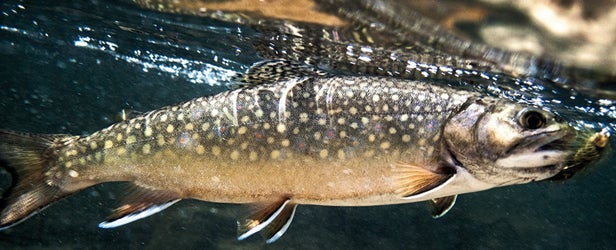International River Conservation.
One of the problems with rivers is that they don’t respect borders. The Flathead starts in the Canadian Rockies and flows into Montana, forming the western boundary of Glacier National Park. Due to rich coal and oil deposits near its Canadian headwaters, the river has been the cause of an international tug of war for two decades. On one side: British Columbia’s government, oil giant BP, and the Cline mining company, all of which advocated digging near the Flathead’s source. On the other: the Flathead Coalition, a citizens’ conservation group. Fortunately, the enviros recently scored a TKO. In January, the United Nations World Heritage Committee reported that—surprise!—mining in the Canadian Flathead threatened Glacier. Soon after, on the eve of the Vancouver Olympics, British Columbia banned oil and gas mining in the Flathead Valley, sending BP and Cline packing.
Restoring Maine’s Penobscot River
Will fish and clean hydropower coexist peacefully in Maine's Penobscot River by 2013?
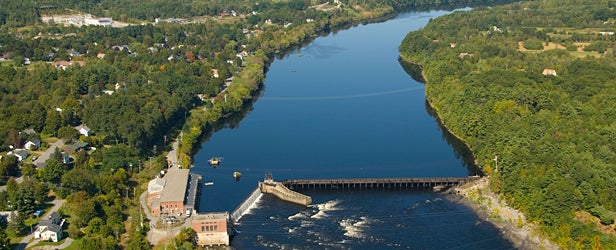
We’re about to find out whether wild fish and clean hydropower can coexist. Maine’s lower Penobscot River has been plugged with eight dams since 1910. Now, an unparalleled partnership—between environmental organizations; state, federal, and tribal governments; and hydropower interests—is taking down two of the lowermost dams and retrofitting a third with an innovative fish pass that resembles a natural river channel. The project will restore fish access to 1,000 miles of habitat by 2013. And the river will produce the same amount of power: PPL Corporation, owner of multiple dams on the Penobscot, will increase hydroelectric production at six small existing dams. Optimists expect threatened American shad to recover and the Atlantic salmon population to increase from less than 1,000 to 10,000 within a decade. But the most lasting impact of the project might be its value as a viable new model. “It shows that we can remove dams and increase power within the same river basin,” says Stephanie Lindloff, senior director of river restoration at American Rivers, an environmental nonprofit.
Letting the Lower Snake River Flow
Will four contested dams on Washington's Lower Snake River ever come out?
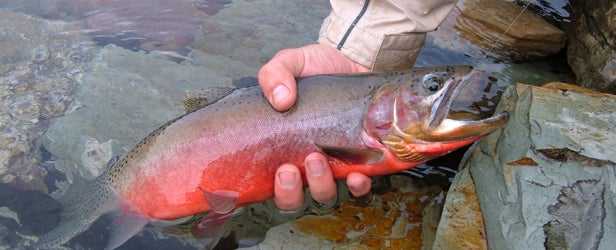
These fish go all the way up to Redfish Lake, at 6,500 feet, 900 miles from the ocean. It’s a natural phenomenon with no parallel anywhere in the world. The evidence is quite clear that were we to remove four dams on the Snake River, fish teetering on extinction could be rescued. The only way the dams will come down is by congressional authorization, but the administration has the bully pulpit and ought to be using it. This administration is failing on that account, just as previous administrations have. I’m not suggesting that we were free of blame in the Clinton years. At the very early stages of this analysis, it was not clear to me that dam removal was the only option. Having said that, we should have been more aggressive about getting this issue into the open. We now have 12 years of analysis, and public opinion is evolving. The case for the removal of these dams is so strong, I have no doubt they will come down. It isn’t going to happen in the next five years. But I think there’s a good chance it will in 20.
The Five Top U.S. River Advocacy Groups
Our picks for the five top river advocacy groups in the United States.
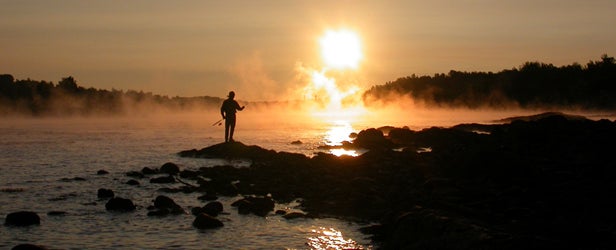
Want to pick a fight? Consult our guide to the nation’s top river-advocacy groups.
AMERICAN RIVERS
This Washington, D.C.ÔÇôbased organization ranks America’s ten most endangered rivers every year. BEST FOR: Educating yourself; people who don’t like swimming near diapers
SAVE OUR WILD SALMON
A small, Portland, OregonÔÇôbased group, SOS leads the fight for the removal of four dams on the Lower Snake River blamed for the collapse of the Columbia’s salmon run. BEST FOR: Monkey-wrenchers; spey-rod owners
WATERKEEPER ALLIANCE
Waterkeeper, which has nearly 200 affiliates on six continents, specializes in busting polluters. BEST FOR: Kennedys; Gulf Coast oystermen
AMERICAN WHITEWATER
This North CarolinaÔÇôbased group advocates for paddlers’ interests and coordinates nationwide river cleanups. BEST FOR: Toyota Tacoma drivers
TROUT UNLIMITED
TU originated in Michigan 50 years ago and now has 400 chapters. The current focus is on restoring native fishÔÇöAtlantic salmon, westslope cutthroat, golden troutÔÇöto native habitats. BEST FOR: Tobacco chewers
Who Owns a River?
Colorado legislators dispute whether or not a person can own a river.
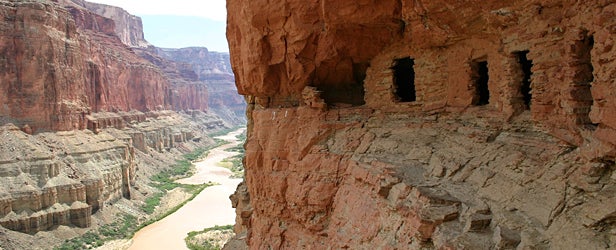
At press time, Colorado legislators were haggling over a 30-year-old dispute that tackles an essential—or absurd, depending on your perspective—question: Can a person own a river? Since 1979, landowners in the state have insisted that rafters passing through their property could be prosecuted if they so much as set foot on the riverbed. Rafters say no way: Rivers are theirs to float freely, as long as they don’t trash the banks. But Colorado’s law has remained murky—allowing some rafting companies to float “historically run” rivers, while permitting property owners to block other waterways (occasionally with barbed wire). This spring, the issue sprang up again when a Taylor River landowner tried to block passage through his land. Now, landowners and raft companies are haggling in court and introducing ballot initiatives for next November’s elections. Some experts say the issue could take years to sort out. So before things get ugly—and they will get ugly—we’re going to chime in: Let’s dispense with the antiquated notion that someone has a right to erect fences through moving water. Roadblocks have no place on navigable rivers.





